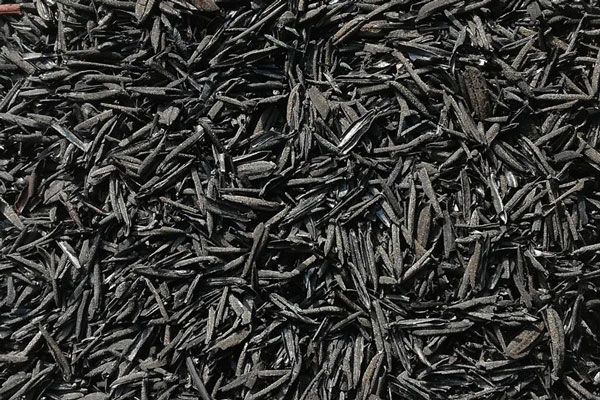Charcoal has been an essential fuel source for centuries, with applications ranging from cooking and heating to industrial processes. In recent years, the demand for charcoal has increased significantly, leading to the development of industrial-scale production facilities. This article explores the process of charcoal making in industrial settings and focuses on the various strategies and techniques employed to enhance efficiency and productivity. By optimizing key elements such as raw material selection, carbonization methods, charcoal manufacturing machine advancements, and automation, industrial-scale charcoal production can meet the growing demands while minimizing environmental impact and maximizing profitability.

Selection of Raw Materials
The first step in enhancing efficiency and productivity in industrial charcoal production is the careful selection of raw materials. Different types of wood and agricultural waste have distinct carbonization characteristics, affecting the overall quality and yield of charcoal. Industrial facilities often conduct extensive research to identify suitable feedstock that balances availability, cost-effectiveness, and desired charcoal properties. Factors such as wood density, moisture content, and chemical composition play crucial roles in determining the carbonization process’s efficiency and yield.
Carbonization Techniques
Efficient carbonization techniques are vital to maximize the charcoal production process. Various methods, including traditional kilns, retorts, and modern pyrolysis technologies, are employed in industrial settings. Advanced carbonization systems utilize controlled pyrolysis conditions to optimize heat distribution, minimize energy loss, and increase the conversion efficiency of raw materials into charcoal. View a case here: https://bestonmachinery.com/charcoal-making-machine-in-the-united-states/. Additionally, innovative approaches like multi-stage carbonization and continuous carbonization systems offer enhanced productivity by reducing downtime and improving throughput.

Advanced Equipment and Automation
Industrial-scale charcoal production heavily relies on advanced equipment and automation to achieve higher efficiency and productivity. Automated feeding systems ensure a consistent flow of raw materials into the carbonization units, reducing manual labor and streamlining operations. High-capacity retorts, kilns, or pyrolysis reactors equipped with heat recovery systems enable efficient heat transfer and energy utilization, contributing to increased productivity and reduced operating costs. Automated temperature control and monitoring systems ensure precise carbonization conditions, leading to consistent charcoal quality and higher yields.
Waste Heat Utilization and Energy Optimization
Efficiency enhancements in industrial charcoal production extend beyond the carbonization process itself. Waste heat generated during carbonization can be effectively utilized for various purposes, such as pre-drying feedstock or heating other parts of the production facility. Integration of waste heat recovery systems not only reduces energy consumption but also improves overall process efficiency. Additionally, optimizing energy sources by utilizing renewable or alternative fuels further enhances the sustainability of the operation.
Quality Control Measures
Maintaining consistent charcoal quality is vital for meeting market demands and ensuring customer satisfaction. Industrial-scale portable biochar maker implement rigorous quality control measures to monitor key parameters such as charcoal density, carbon content, moisture level, and ash content. Advanced analytical techniques, including spectroscopy and chemical analysis, are employed to assess the quality characteristics of produced charcoal. Real-time monitoring systems provide instant feedback, allowing operators to adjust process parameters accordingly and maintain optimal product quality.
Environmental Considerations and Sustainability
Efficiency and productivity enhancements in industrial charcoal production must be balanced with environmental considerations. Sustainable forestry practices, such as responsible wood sourcing and reforestation initiatives, help mitigate the impact on ecosystems. Employing efficient carbonization methods helps reduce greenhouse gas emissions and minimize air pollution. By utilizing waste materials as feedstock, industrial facilities contribute to the circular economy by reducing agricultural waste and diverting it from landfills. Additionally, implementing appropriate emission control technologies ensures compliance with environmental regulations and promotes sustainable production practices.
Conclusion
Charcoal making in industrial settings has undergone significant advancements to meet the growing demand while enhancing efficiency and productivity. By carefully selecting raw materials, employing advanced carbonization techniques, utilizing automation and advanced equipment, optimizing energy utilization, implementing quality control measures, and considering environmental sustainability, industrial-scale charcoal production can be highly efficient and productive. Balancing economic viability with environmental responsibility ensures that the industry continues to meet global demands for charcoal while minimizing its ecological footprint. The ongoing exploration of innovative technologies and practices will further drive enhancements in efficiency and productivity, making industrial charcoal making a sustainable and economically viable practice for years to come.